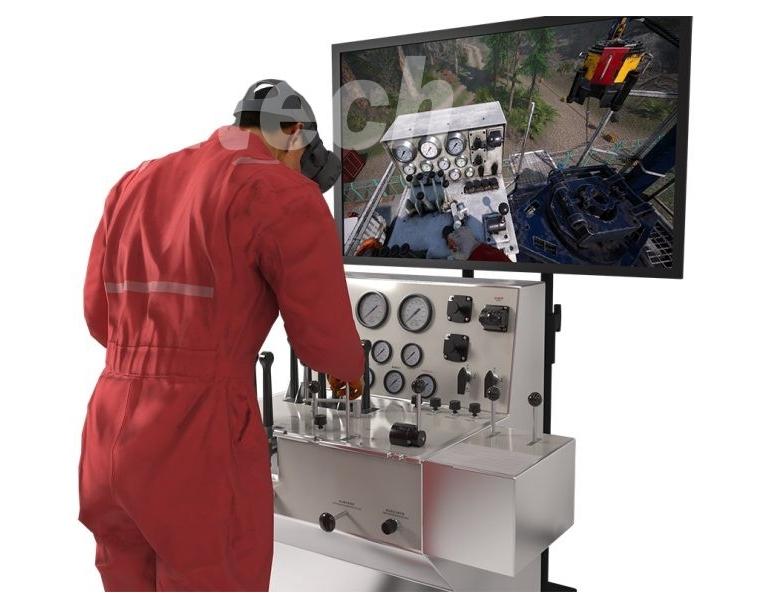Snubbing operations in the oil and gas industry are among the most challenging and high-risk activities. These operations involve running and retrieving tubulars in live wells, often under high pressure and require a specialized skill set. Simulation training has emerged as a powerful tool to train snubbing personnel efficiently and safely. In this article, we will explore the numerous advantages of simulation training in snubbing operations.
The Complexity of Snubbing Operations
Snubbing operations are inherently complex and come with a range of challenges, including:
- High Risk: Snubbing operations often occur in high-pressure environments, where a small mistake can lead to serious injuries or catastrophic well control issues.
- Skill-Dependent: The skills required for snubbing operations are specialized and demand precision and quick decision-making.
- Costly Mistakes: Mistakes in snubbing operations can lead to equipment damage, costly delays, and even well control incidents.

Benefits of Simulation Training
- Realistic Virtual Environments: Snubbing operation simulators create highly realistic virtual environments that accurately mimic actual well conditions, enabling trainees to experience real-world challenges.
- Risk-Free Training: Simulation training provides a safe and controlled environment for trainees to practice their skills, reducing the likelihood of accidents and equipment damage during the learning process.
- Scenario-Based Learning: Simulators allow trainees to practice a wide range of scenarios, from routine snubbing operations to emergency situations, ensuring they are well-prepared for any challenge.
- Cost-Effective Learning: Mistakes made in a simulator have no real-world consequences, making training more cost-effective by reducing equipment damage, operational downtime, and safety incidents.
- Standardized Training: Simulation training ensures that all trainees receive the same standardized training, regardless of their location or access to real well sites. This helps maintain consistency and a high level of competence among snubbing crews.
- Emergency Response Training: Snubbing simulators are invaluable for training in emergency response procedures. Crews can practice how to react effectively in high-pressure situations, enhancing safety and the ability to mitigate risks.
- Skill Development: Simulation training allows trainees to develop and refine their skills at their own pace. This approach helps build confidence and competence, ensuring that crews are well-prepared for real-world snubbing operations.
Enhancing Safety and Efficiency
The primary goal of simulation training in snubbing operations is to enhance safety and efficiency:
Safer Operations: Well-trained personnel are less likely to make costly mistakes or experience accidents, making snubbing operations safer for everyone involved.
Optimized Operations: Personnel trained on simulators are more efficient in the field, leading to quicker and more cost-effective snubbing operations.
Reduced Downtime: Faster, more precise snubbing operations result in reduced operational downtime and cost savings.
Conclusion
Simulation training is a game-changer in the realm of snubbing operations. By providing a safe and controlled training environment, simulators enhance safety, reduce costs, and create a more consistent and comprehensive learning experience. The continued advancement of simulation technology promises a brighter future for the oil and gas industry, where well-trained snubbing crews are always ready to face the complex and high-risk challenges of snubbing operations.
